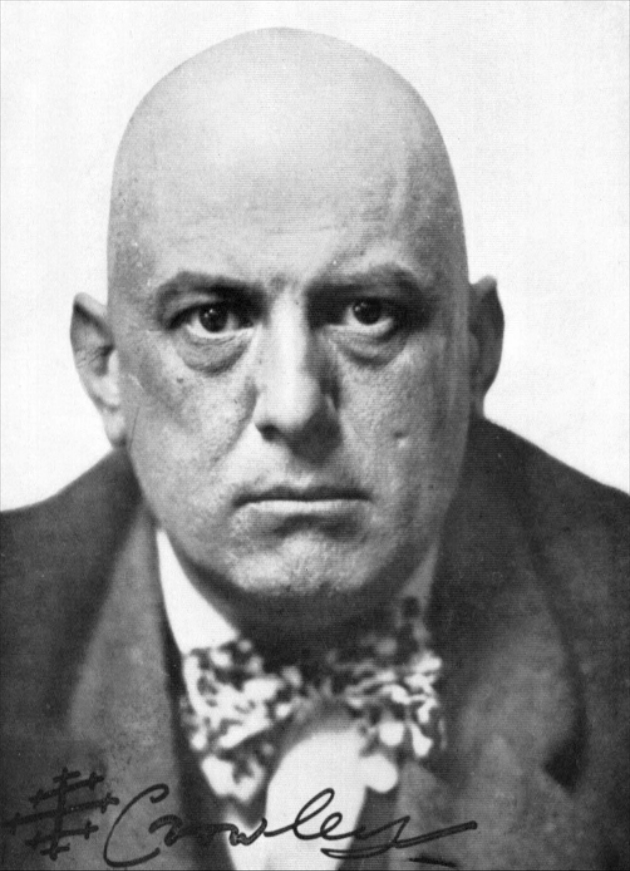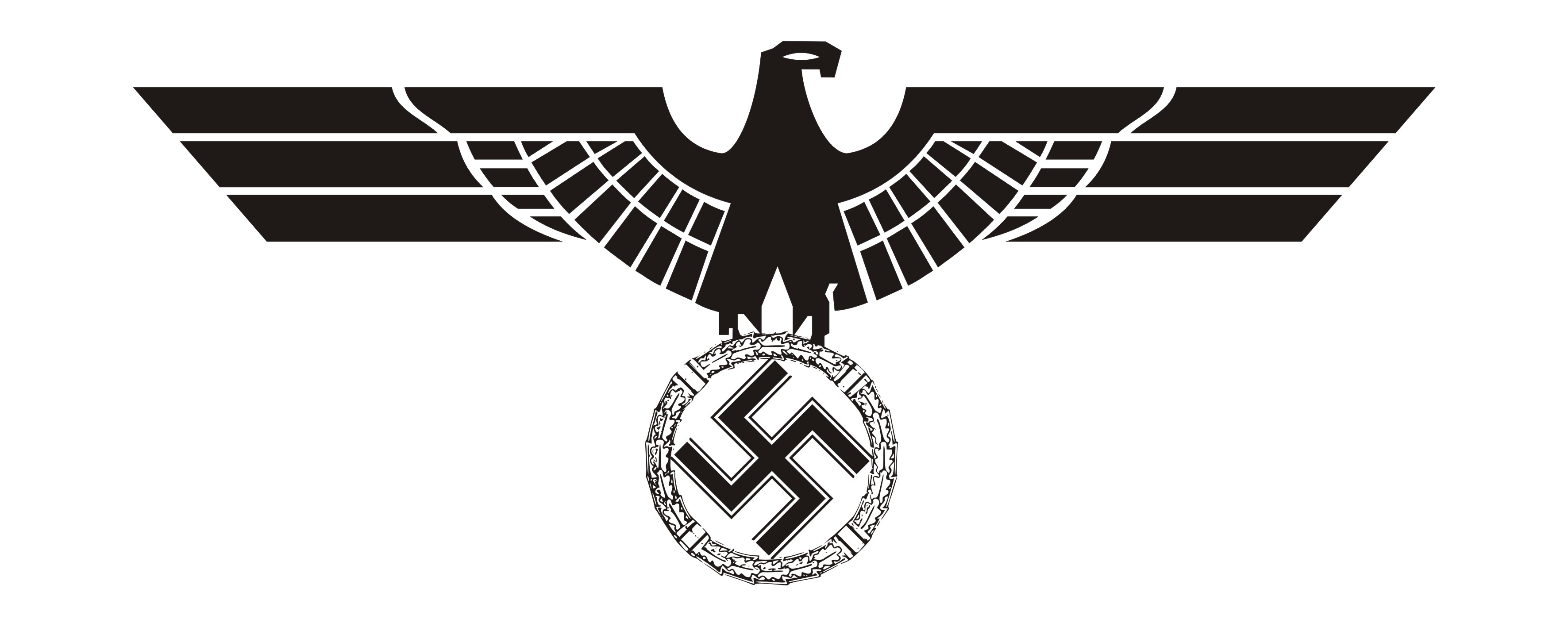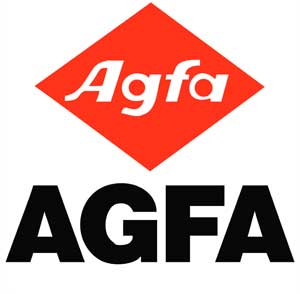Archive for the ‘Politics’ Category
The Watergate Scandal game (1973)
Following up the recent post on Irish Free State Monopoly here’s another game with historic resonance preserved for posterity. The Watergate Scandal dates from 1973 and cost a less than scandalous $2.99 at the time. It is a card game with political points made in a mild satirical fashion.







This (Washington) post is dedicated to Alfie Dennen, creator of Evil Corps game, which features thinly veiled portraits of the likes of the current owner of the Washington Post. A post on the excellent Evil Corps will follow shortly.
As with the vintage Irish Monopoly set, this card game also features in Google Arts & Culture thanks to The Strong National Museum of Play in Rochester, New York.
For the youngsters among us, a brief reminder of what the Watergate Scandal was all about. It was the mother of modern political scandals, unravelling in Washington DC from 1971 to 1974. So it was ongoing when this game came out. It took down the grim administration of U.S. President Richard Nixon and led to his resignation.
The scandal was rooted in the administration’s hopelessly inept attempts to cover up its involvement in a break-in to the Democratic National Committee headquarters in the Watergate Office Building in D.C. on 17th June 1972. The five burglars were arrested and then the press (noticeably Bob Woodward and Carl Bernstein of the Washington Post) and the Justice Department connected the cash found on the perpetrators to the Nixon re-election campaign committee. Witnesses at the subsequent Senate Watergate hearings testified that Nixon had approved plans to cover up administration involvement in the break-in and that there was a voice-activated taping system in the Oval Office hence all the tapping/bugging references in the game.
Later in 1973 the House commenced an impeachment process against Nixon. The Supreme Court ruled that the President had to release the Oval Office tapes to government investigators. The tapes cooked Nixon’s goose. The House Judiciary Committee charged him with obstruction of justice, abuse of power and contempt of Congress. Nixon resigned on 9th August 1974 before the house could impeach him and the Senate remove him from office. Tricky Dicky remains the only U.S. president to have resigned.
The name Watergate came to stand for a variety of clandestine and illegal activities by the Nixon administration, from bugging the offices of political opponents through ordering investigations of activist groups to using the FBI, CIA and IRS as political tools. Between Nam and Watergate the good ol’ US of A lost its trust and became the cynical and conspiracy-crazy place we know & love today.
Inspired by fork-tongued Nixon, The Watergate Scandal is basically a game of lying and bluffing (like many card games – and political activities). To see how to play it, this recent episode of Game Board Archaeology featuring Hunter and Rob Mattison captures it pretty well.
The game was produced in Illinois in Elk Grove Village, 20 miles northwest of Chicago, next to O’Hare International Airport. Its current population is some 35,000. Its original population were Potawatomi, speakers of an Algonquin language. They were booted off their land in the 1830s and relocated to Kansas, Nebraska, and Oklahoma. Stepping into the void created by men right up there with Tricky Dicky on the evil stakes came pioneer farmers from New England. Their civilisation reached its zenith when Elk Grove became the largest industrial park in the United States. The Watergate Scandal card game was the jewel in the crown of that mighty industrial estate.
Three years after the game we got the real silver lining of Watergate, William Goldman (scr.) and Alan Pakula’s (dir.) All The President’s Men, a film practically guaranteed to turn young viewers into journalists.

That Interview

I watched the interview in the same room as I watched the Bill Grundy interview with the Sex Pistols. It was one of those landmark TV interviews that come along only every few years. Of course the Diana Panorama with Martin Bashir in 1995 (An Interview with HRH The Princess of Wales) was another such interview, of which Oprah’s is a direct descendent.
The best piece I’ve read about it was this one by historian David Olusoga in The Guardian – he singles out the wedding of Harry & Meghan and the London 2012 Olympic Games (for which I worked as a volunteer in the media operation, specifically the website – the best summer of my adult life) as two great opportunities to take Britain forwards, two moments when the country projected itself as “effortlessly global and at ease with its multiculturalism” and then argues that the monarchy, Establishment and country have failed to live up to this vision. Frankly the world is better left to the likes of Danny Boyle (creator of the brilliant 2012 Opening Ceremony) when it comes to realising visions.

Oprah’s dropped jaw above was in response to the point Meghan Markle made in the interview about race:
Meghan: “In those months when I was pregnant … we have in tandem the conversation of ‘He won’t be given security. He’s not going to be given a title.’ and also concerns and conversations about how dark his skin might be when he’s born.”
Oprah: “Who is having that conversation?”
“Britain now stands in the dock internationally as a breeding ground for casual racial bigotry. Brits will see some irony here. Most of the finger pointing comes from the United Staes, a country where young black men are frequently gunned down by white police officers; where black families on average have one tenth of the wealth of white households; and where, outside work, people of different colours seldom mix.”
- people of colour are more likely to report racial harassment in every other EU country (apart from Malta)
- rates are twice as high in Ireland, Germany and Italy
- UK has more people of colour in high ministerial office than the whole of the EU put together
- The current Cabinet includes Kwasi Kwarteng, Priti Patel, Rishi Sunak & Alok Sharma (making up over 17%) among its number, Sunak being strongly fancied as the next Prime Minister.

The Chicago 7/8
John Hume – Respect

At a civil rights march in Derry 1971
“Difference is of the essence of humanity. Difference is an accident of birth and it should therefore never be the source of hatred or conflict. The answer to difference is to respect it. Therein lies a most fundamental principle of peace – respect for diversity.”
John Hume – Nobel Peace Prize Lecture 1998

MP for Foyle & Leader of the SDLP
Some interesting numbers from Europe
- Since 1998 the population of the Baltic states has dropped by almost a third
- Bulgaria lost 20% of its population over that period – it is projected to lose a further 20% over the next 30 years
- Between 2000 and 2018 Romania‘s population dropped from 22.4M to 19.5M
- c.5% of the population of Croatia moved to other EU states between 2013 when it joined and 2017
- The financial crisis of 2008 caused the movement of a significant number of Greek and Spanish people to other EU states, especially young adults
- A recent study in The Guardian identified “youth deserts” in eastern Germany, rural Spain, Greece and Romania.
What does this point to? Because it tends to be the young and well educated who leave, in the areas left behind the concentration of older people and less advantaged people is an ideal growing medium for right-wing politics of the more extreme sort, for lack of hope and for a gradual but constant withering on the vine.

My contribution to the General Election coverage
I got back from a night shoot yesterday in the Design Museum for a sci-fi drama I am producing and whacked on the telly to follow unfolding events around the UK. A bit after midnight I fired out a tweet as I was watching Andrew Neil interviewing. My perspicacious analysis got picked up by today’s Digital Spy (self-proclaimed as “the UK’s biggest TV and Movies website”):


For deep political and cultural insight you need look no further – I’m your man.
Lack of Humanity
In September 2012 ‘Freedom for Humanity’ was painted by Mear One AKA Kalen Ockerman on Hanbury Street near Brick Lane. Ironically it’s the street my grandfather worked on when he fled from Nazi Germany in May 1939.


(detail)
Ockerman: “I chose to depict the likenesses of such early turn of the century Robber Barons, specifically Rothschild, Rockefeller, Morgan, Carnegie, Warburg, as well as Aleister Crowley who was a kind of philosophical guru to the ruling elite of that time and a well-known Satanist.”

Rothschild

Nathaniel Rothschild (1840-1915) – massive bulbous hook nose, biblical beard? not so much

Rockefeller

John D. Rockefeller Snr. (1839-1937) – more of a pointy-uppy nose really

Maybe it’s supposed to be Jnr. – John D. Rockefeller Jnr. (1874-1960) – the suit looks right, but the nose is still a bit off (the specs have been lent to Warburg)

Morgan

John Pierpont Morgan – more fat than hooked in the nasal department

Crowley

Aleister Crowley – rather a slim nose, not much like Kalen’s effort

Carnegie

Andrew Carnegie – schnozzular mismatch

Warburg

Paul Warburg – Kalen’s not quite captured him

More Alf Garnett really – it stands to reason, don’t it, you silly moo

Der Sturmer, Christmas 1929, urging people not to buy from Jewish shops. The caption included “Our people hung their Christ on the cross, and we do a great business on his birthday…”
Corbyn: “You are in good company. Rockefeller destroyed Diego Viera’s (sic) mural because it includes a picture of Lenin”

Diego & his missus (Frieda Kahlo)
Viera AKA Rivera: “My Jewishness is the dominant element in my life.” (1935)
Lenin: “The art of any propagandist and agitator consists in his ability to find the best means of influencing any given audience, by presenting a definite truth, in such a way as to make it most convincing, most easy to digest, most graphic, and most strongly impressive.” (The Slogans and Organisation of Social-Democratic Work, 1919)
Corbyn: “I sincerely regret that I did not look more closely at the image I was commenting on, the contents of which are deeply disturbing and anti-Semitic.”
Quote: Where Trump meets Hitler
“The ideal subject of totalitarian rule is not the convinced Nazi or the convinced Communist, but people for whom the distinction between fact and fiction (i.e. the reality of experience) and the distinction between true and false (i.e. the standards of thought) no longer exist.”
― Hannah Arendt, The Origins of Totalitarianism

Hannah Arendt by Fred Stein (1944) [photo courtesy of Fred Stein Archive]

Virginia Hall (A Woman of No Importance)
 Comments (1)
Comments (1)












 The night of 9th/10th November 1938 was Kristallnacht in Nazi Germany. The Kristall/crystal part of the name refers to the broken glass from the smashed windows of Jewish shops, businesses and synagogues. Jewish homes, schools and hospitals were ransacked, damaged and destroyed. Over 250 synagogues and 7,000 businesses were attacked. 30,000 Jewish men were arrested and sent to concentration camps.
The night of 9th/10th November 1938 was Kristallnacht in Nazi Germany. The Kristall/crystal part of the name refers to the broken glass from the smashed windows of Jewish shops, businesses and synagogues. Jewish homes, schools and hospitals were ransacked, damaged and destroyed. Over 250 synagogues and 7,000 businesses were attacked. 30,000 Jewish men were arrested and sent to concentration camps.
















